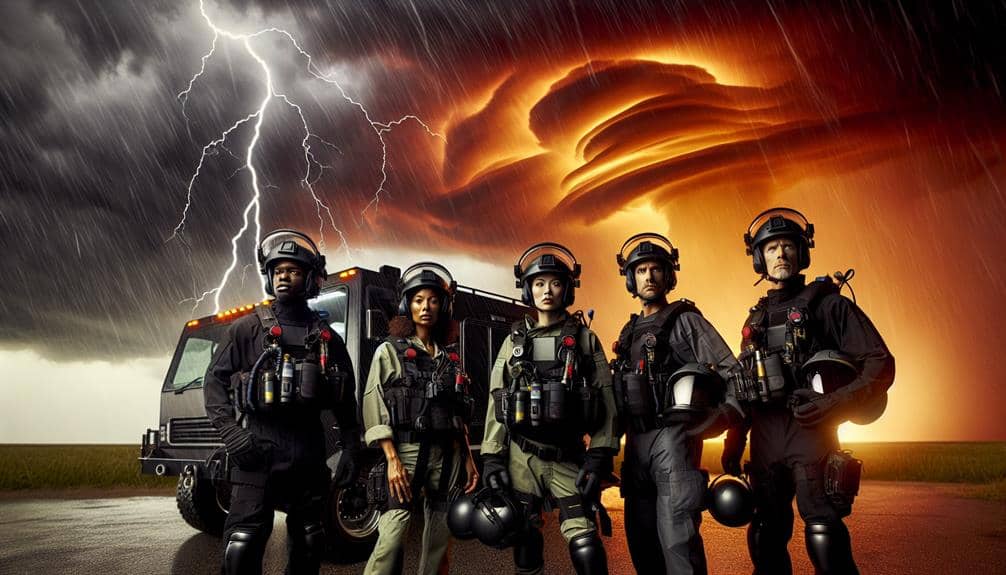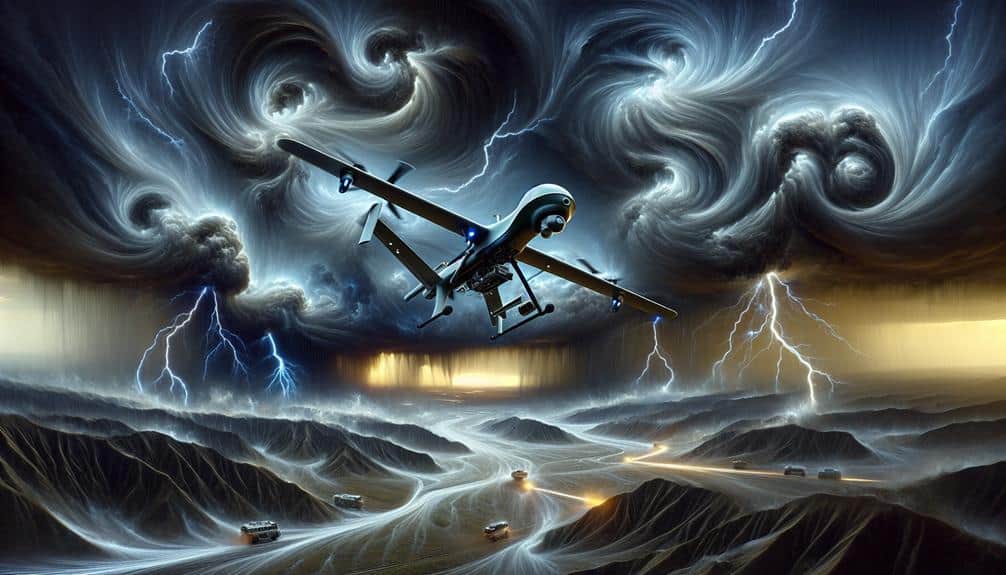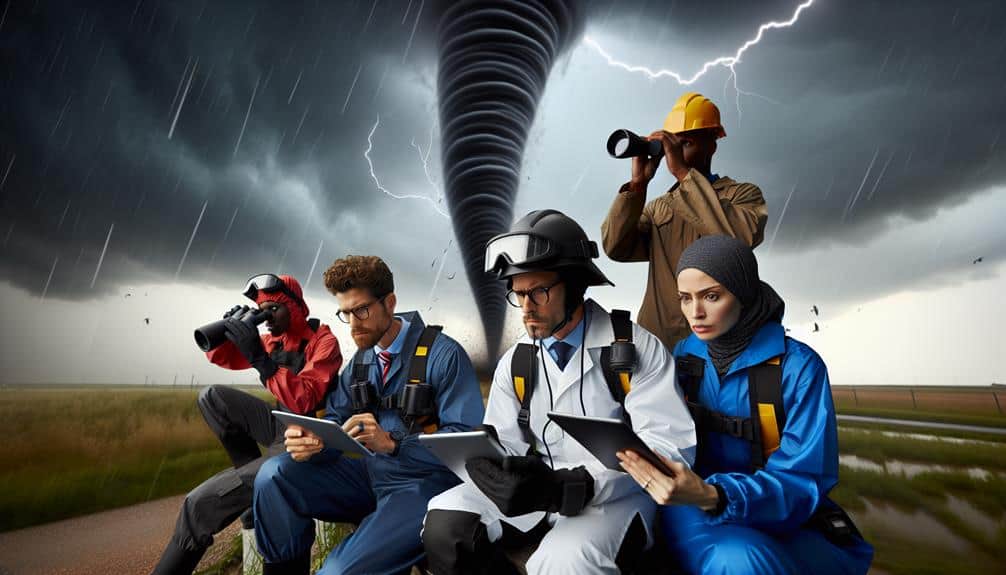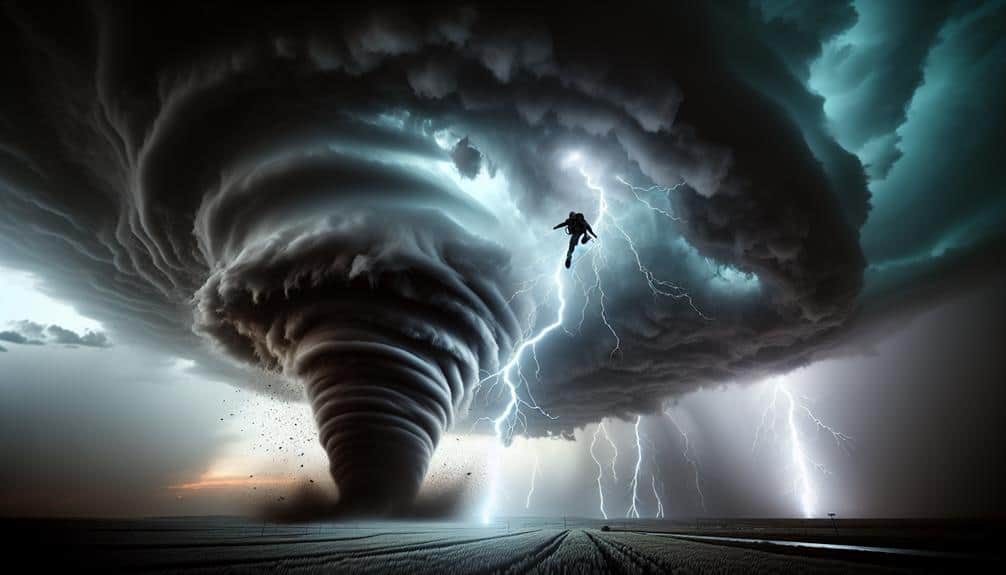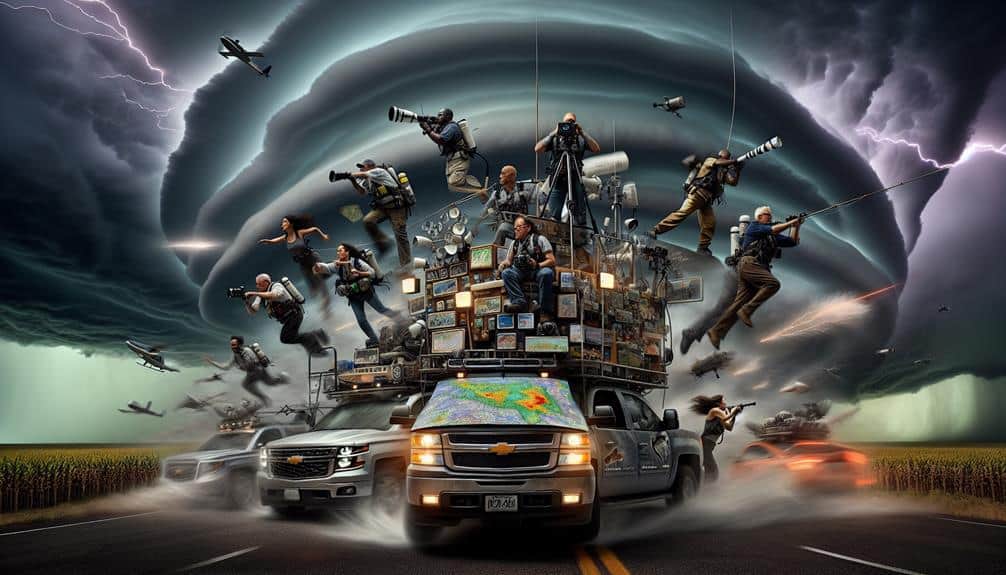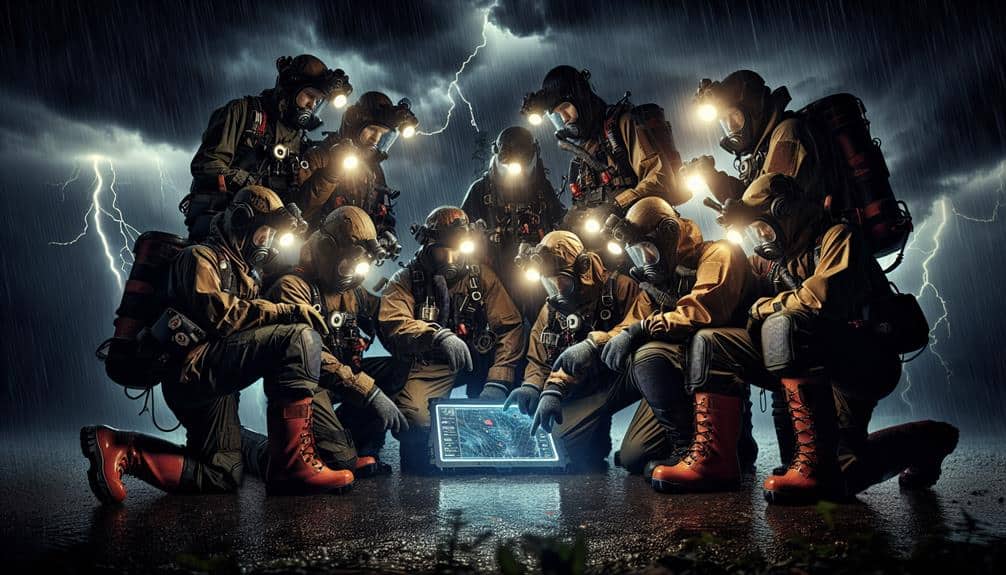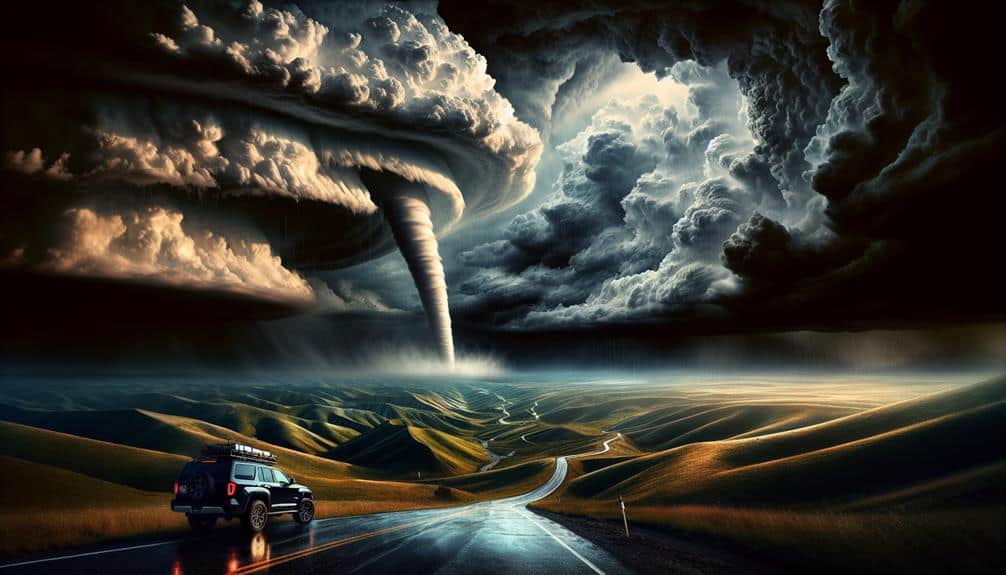10 Best Safety Measures for Storm Chasing Weather Changes
When chasing storms, we must prioritize safety by monitoring real-time weather updates from reliable sources like the National Weather Service and using advanced tracking tools. We should equip ourselves with high-quality, well-maintained gear, including anemometers and protective clothing. Identifying and mapping escape routes and safe zones in advance is vital. Staying in constant communication through […]
10 Best Safety Measures for Storm Chasing Weather Changes Read More »
